Introduction
In recent years, the world of finance has witnessed a remarkable transformation with the emergence of decentralized finance, commonly known as DeFi. DeFi represents a paradigm shift in traditional financial systems, offering new possibilities for individuals to manage and grow their wealth. This article will delve into the intricacies of DeFi, exploring its definition, workings, benefits, popular applications, challenges, and the future it holds.
What is DeFi?
DeFi refers to a set of financial applications and platforms built on blockchain technology that aim to recreate and enhance various traditional financial services without the need for intermediaries such as banks or financial institutions. It leverages the power of smart contracts, which are self-executing contracts with the terms of the agreement directly written into code.
How Does DeFi Work?
DeFi operates on decentralized networks, primarily based on the Ethereum blockchain. It utilizes smart contracts to automate financial transactions, removing the need for intermediaries. Users can interact with DeFi applications directly through their digital wallets, enabling them to lend, borrow, trade, and invest in a secure and transparent manner.
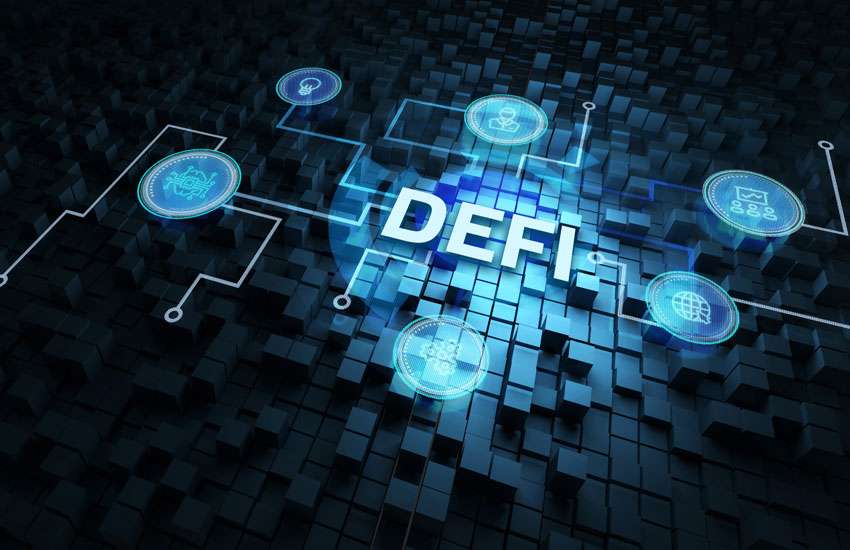
Benefits of DeFi
1. Financial Inclusion
DeFi eliminates barriers to entry, allowing anyone with an internet connection and a digital wallet to access financial services. This opens up opportunities for individuals who are unbanked or underbanked, providing them with the means to participate in the global economy.

2. Transparency and Security
DeFi platforms operate on blockchain networks, ensuring transparency and immutability of transactions. All transactions and smart contracts are recorded on the blockchain, making them verifiable and resistant to tampering. This transparency enhances security and builds trust among users.

3. Decentralization
DeFi promotes decentralization by removing the need for centralized authorities. The power is shifted to the users, who have control over their funds and can participate in the governance of decentralized protocols. This decentralized nature mitigates the risk of single points of failure and censorship.

4. Cost Efficiency
DeFi eliminates the need for intermediaries, which reduces costs associated with traditional financial services. Users can transact directly with each other, saving on fees and improving overall cost efficiency.

5. Programmability
DeFi platforms allow developers to build and deploy financial applications with programmable features. This programmability enables the creation of complex financial instruments, automation of processes, and integration with other decentralized applications (dApps).

Popular DeFi Applications
1. Decentralized Exchanges
Decentralized exchanges (DEXs) enable users to trade cryptocurrencies directly with each other without the need for intermediaries. They provide a secure and efficient way to exchange digital assets while maintaining custody of funds.
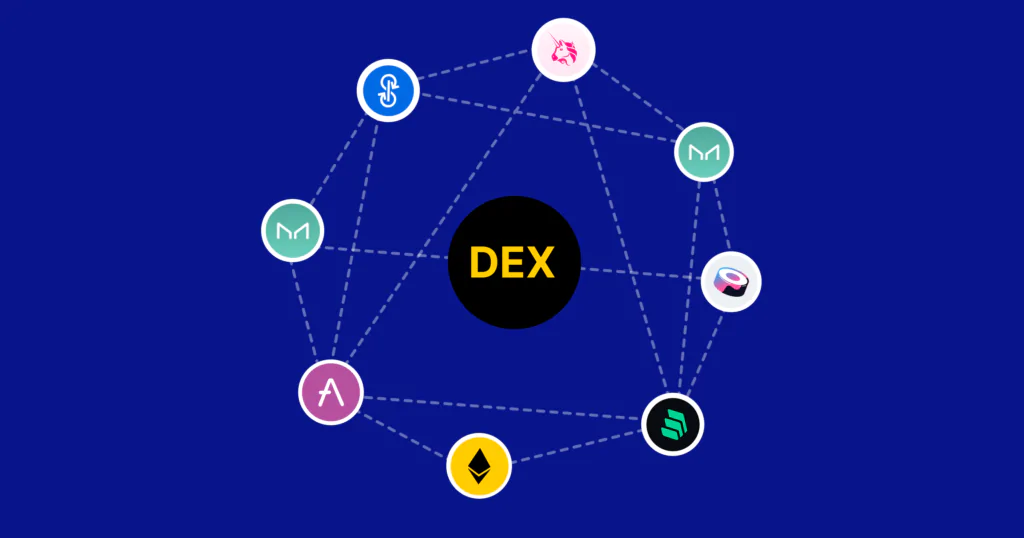
2. Lending and Borrowing Platforms
DeFi lending and borrowing platforms allow users to lend their cryptocurrencies and earn interest or borrow assets by providing collateral. These platforms facilitate peer-to-peer lending and borrowing, eliminating the need for traditional banking intermediaries.
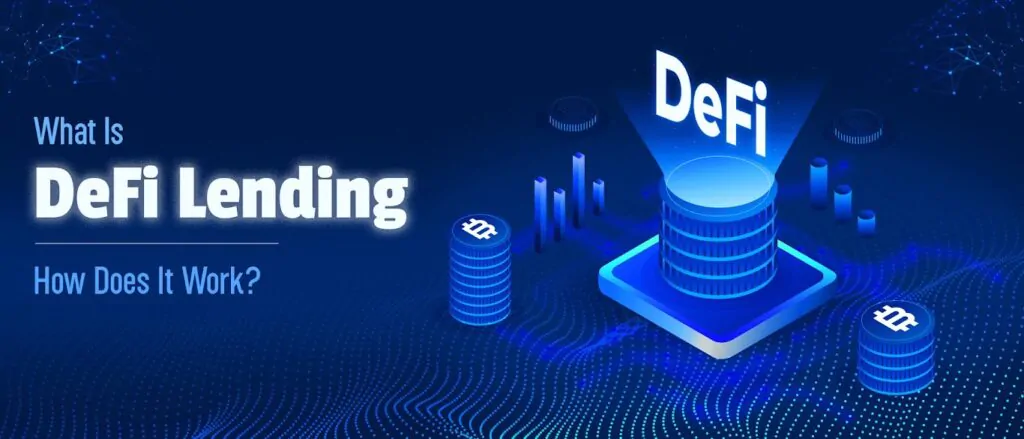
3. Stablecoins
Stablecoins are cryptocurrencies designed to maintain a stable value by pegging them to an underlying asset or a basket of assets. They provide stability in the volatile cryptocurrency market and are widely used within the DeFi ecosystem.
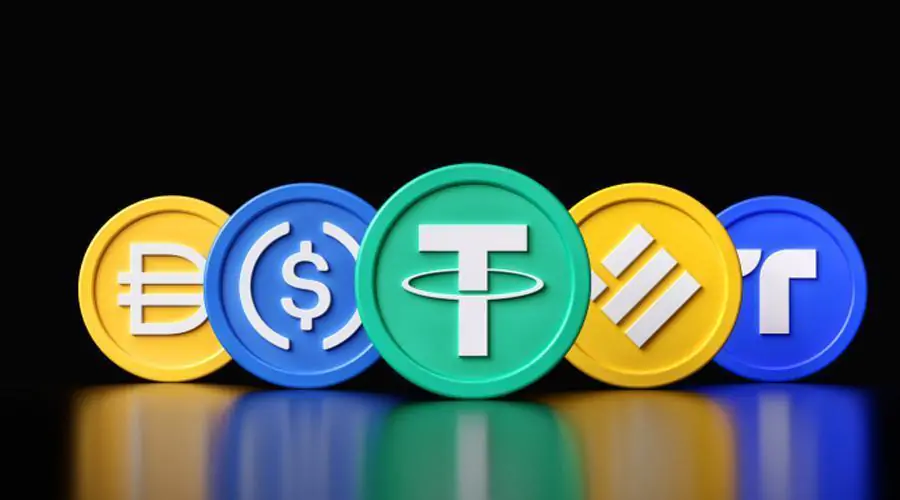
4. Yield Farming
Yield farming involves users earning additional cryptocurrency rewards by providing liquidity to DeFi protocols. Users can stake their tokens in liquidity pools and earn yields or additional tokens as incentives for contributing to the network’s liquidity.

5. Insurance
DeFi insurance platforms offer decentralized insurance solutions, allowing users to protect their digital assets against hacks, smart contract failures, or other unforeseen events. These platforms leverage the power of blockchain to create transparent and efficient insurance coverage.
6. Prediction Markets
Prediction markets enable users to speculate on the outcome of future events and make predictions by trading shares in the predicted outcome. These markets utilize the wisdom of the crowd to provide valuable insights and forecasting.
7. Decentralized Identity
Decentralized identity platforms aim to provide individuals with control over their digital identities. These platforms enable users to securely manage and share their personal information, reducing reliance on centralized identity systems.
Challenges and Risks in DeFi
While DeFi offers numerous advantages, it is not without its challenges and risks. Understanding and addressing these concerns are essential for the continued growth and adoption of DeFi. Some of the key challenges and risks include:
1. Smart Contract Vulnerabilities
Smart contracts are prone to bugs and vulnerabilities, which can lead to financial losses. Thorough auditing and testing of smart contracts are crucial to minimize the risks associated with coding errors.

2. Regulatory Uncertainty
The regulatory landscape surrounding DeFi is still evolving, and different jurisdictions may have varying interpretations of existing regulations. Clarity and guidance from regulatory authorities are necessary to foster innovation while ensuring compliance with applicable laws.
3. Liquidity Risks
DeFi platforms heavily rely on liquidity to function effectively. Insufficient liquidity or market volatility can impact the stability of DeFi protocols and potentially lead to losses for users.
4. User Experience
The user experience in DeFi can sometimes be complex and challenging for non-technical users. Improving the user interface and overall user experience will be critical to attracting a broader audience and driving mass adoption.
The Future of DeFi
The future of DeFi holds tremendous potential for further innovation and growth. Some key areas that are likely to shape the future of DeFi include:
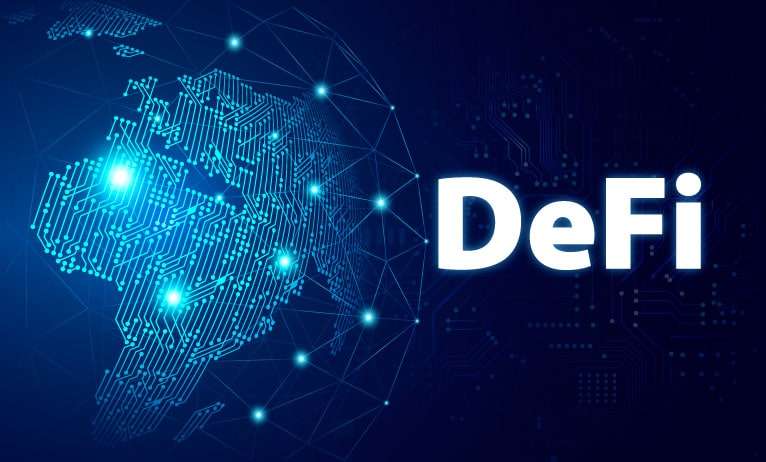
1. Scalability Solutions
Scalability remains a significant challenge for blockchain networks. Ongoing research and development of Layer 2 solutions and alternative consensus mechanisms will enhance the scalability of DeFi platforms, enabling them to handle a larger number of transactions.
2. Interoperability
Interoperability between different blockchain networks and protocols will unlock new possibilities for DeFi. Seamless integration and communication between disparate systems will enable the creation of comprehensive financial ecosystems.
3. Institutional Adoption
As DeFi matures and regulatory frameworks become clearer, institutional investors and traditional financial institutions are expected to enter the space. This influx of institutional capital and expertise will further drive innovation and adoption.
4. Enhanced User Experience
Improving the user experience and making DeFi more accessible to non-technical users will be crucial for achieving mainstream adoption. User-friendly interfaces, intuitive design, and simplified processes will attract a broader audience to the DeFi ecosystem.
Conclusion
DeFi has emerged as a disruptive force, revolutionizing the financial landscape by providing decentralized and inclusive financial services. Its benefits, such as financial inclusion, transparency, and cost efficiency, are reshaping the way individuals interact with money. However, challenges related to security, regulation, liquidity, and user experience need to be addressed for the sustainable growth of DeFi. The future of DeFi holds immense potential, with ongoing innovation and increasing institutional involvement paving the way for a decentralized financial revolution.
FAQs
- What is the minimum requirement to participate in DeFi? To participate in DeFi, you need an internet connection, a digital wallet, and some cryptocurrency to interact with various DeFi applications.
- Are DeFi platforms secure? DeFi platforms leverage blockchain technology, which provides a high level of security and transparency. However, users should exercise caution and conduct thorough research before using any DeFi platform.
- Can I earn interest on my cryptocurrency through DeFi? Yes, DeFi lending platforms allow you to earn interest on your cryptocurrencies by lending them to borrowers.
- What are some popular DeFi projects? Some popular DeFi projects include Uniswap, Compound, Aave, and MakerDAO.
- Where can I learn more about DeFi? To learn more about DeFi, you can explore reputable online resources, join DeFi communities, and follow industry experts and thought leaders.
More about Defi – Wikipedia
Read more – Blockchain Books: Unlocking the Power of Decentralized Knowledge
Read more – Blockchain Developer Roadmap 2023 : A Step-by-Step Guide
Read more – ZkSync Airdrop 2023 : Guide to Participating
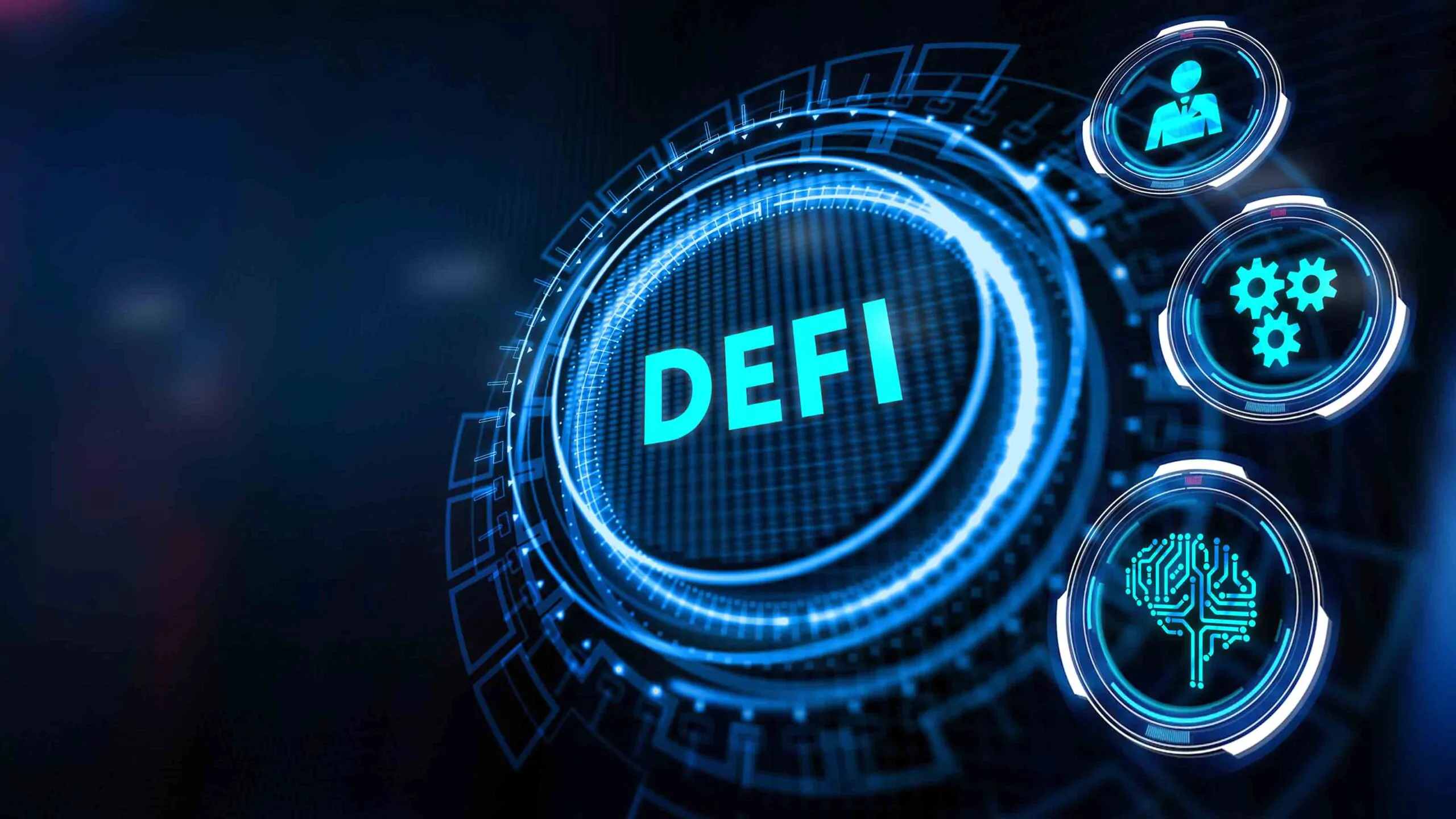







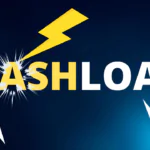


4 thoughts on “The Rise of DeFi 2023: Revolutionizing the Financial Landscape Decentralized Finance”